

盘点Pandas的100个常用函数
描述
经过一段时间的整理,本期将分享我认为比较常规的100个实用函数,这些函数大致可以分为六类,分别是统计汇总函数、数据清洗函数、数据筛选、绘图与元素级运算函数、时间序列函数和其他函数。
一、统计汇总函数数据分析过程中,必然要做一些数据的统计汇总工作,那么对于这一块的数据运算有哪些可用的函数可以帮助到我们呢?具体看如下几张表。
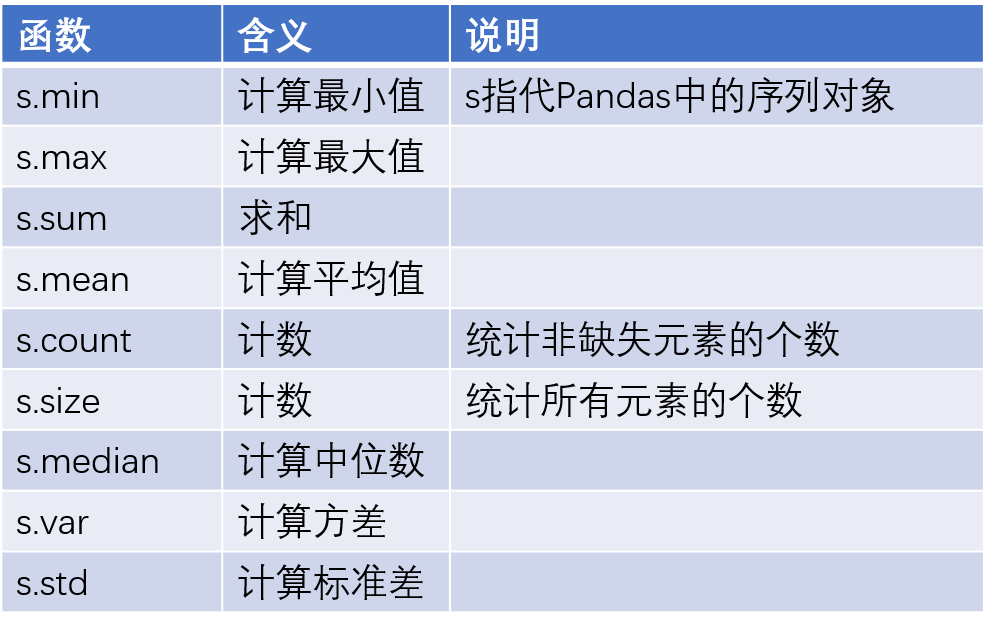
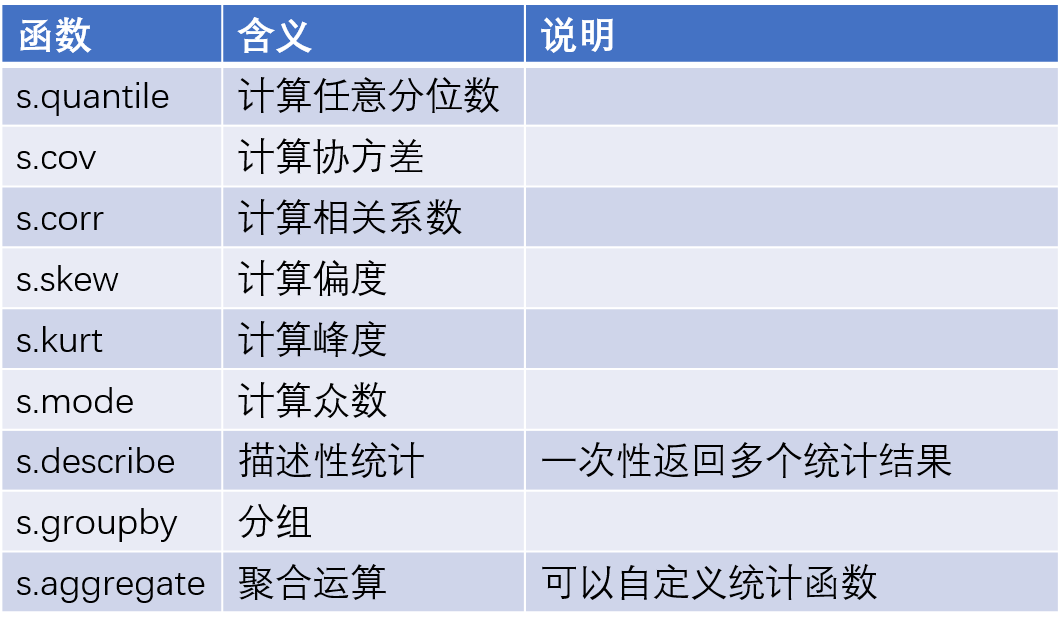
import pandas as pd import numpy as np x = pd.Series(np.random.normal(2,3,1000)) y = 3*x + 10 + pd.Series(np.random.normal(1,2,1000)) # 计算x与y的相关系数 print(x.corr(y)) # 计算y的偏度 print(y.skew()) # 计算y的统计描述值 print(x.describe()) z = pd.Series([‘A’,‘B’,‘C’]).sample(n = 1000, replace = True) # 重新修改z的行索引 z.index = range(1000) # 按照z分组,统计y的组内平均值 y.groupby(by = z).aggregate(np.mean)
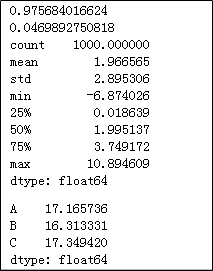
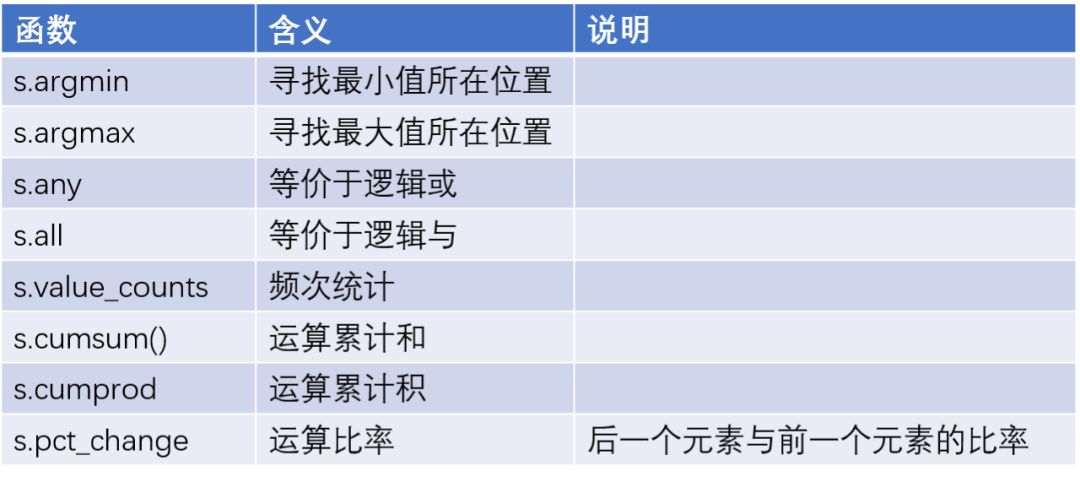
# 统计z中个元素的频次 print(z.value_counts()) a = pd.Series([1,5,10,15,25,30]) # 计算a中各元素的累计百分比 print(a.cumsum() / a.cumsum()[a.size - 1])

二、数据清洗函数同样,数据清洗工作也是必不可少的工作,在如下表格中罗列了常有的数据清洗的函数。
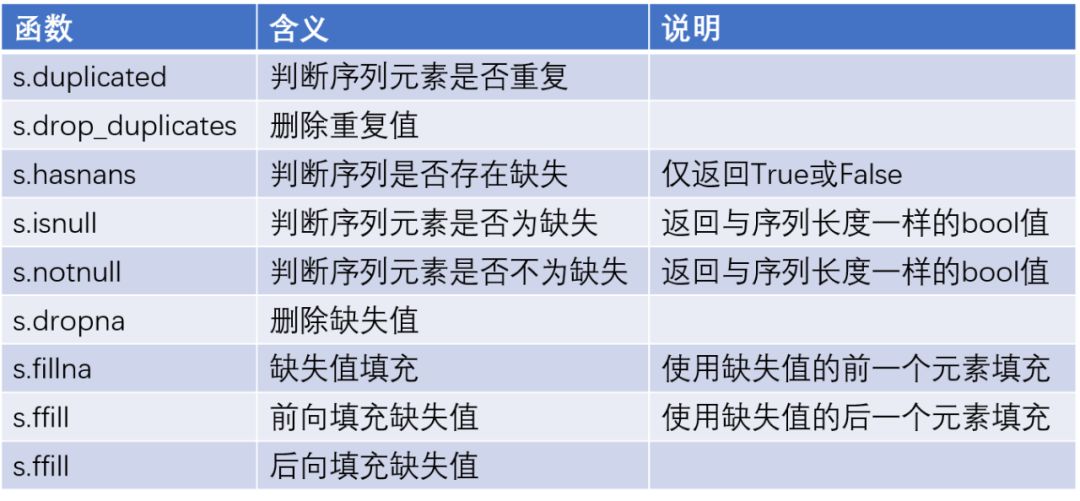
x = pd.Series([10,13,np.nan,17,28,19,33,np.nan,27]) #检验序列中是否存在缺失值 print(x.hasnans) # 将缺失值填充为平均值 print(x.fillna(value = x.mean())) # 前向填充缺失值 print(x.ffill())

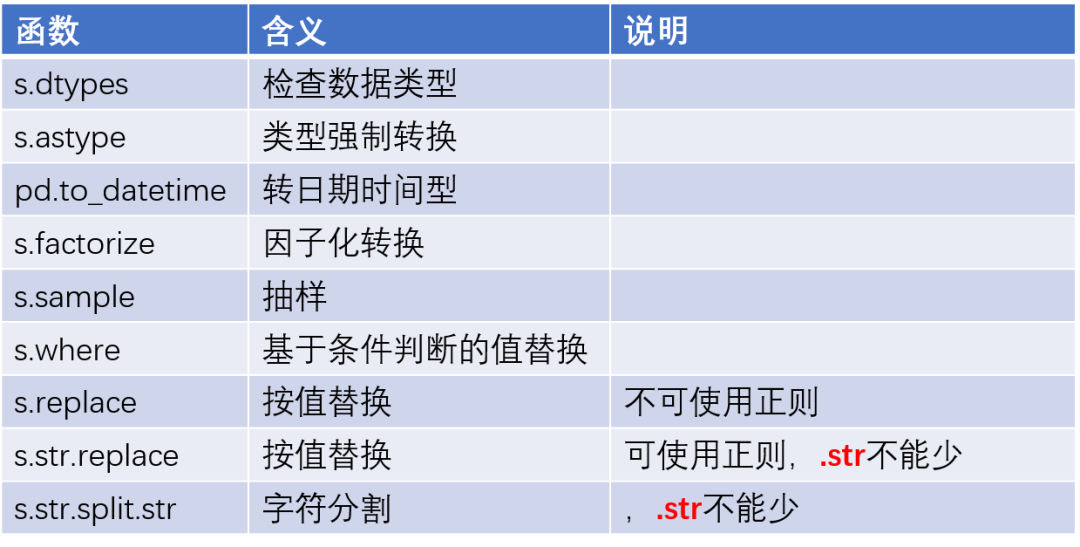
income = pd.Series([‘12500元’,‘8000元’,‘8500元’,‘15000元’,‘9000元’]) # 将收入转换为整型 print(income.str[:-1].astype(int)) gender = pd.Series([‘男’,‘女’,‘女’,‘女’,‘男’,‘女’]) # 性别因子化处理 print(gender.factorize()) house = pd.Series([‘大宁金茂府 | 3室2厅 | 158.32平米 | 南 | 精装’, ‘昌里花园 | 2室2厅 | 104.73平米 | 南 | 精装’, ‘纺大小区 | 3室1厅 | 68.38平米 | 南 | 简装’]) # 取出二手房的面积,并转换为浮点型 house.str.split(‘|’).str[2].str.strip().str[:-2].astype(float)
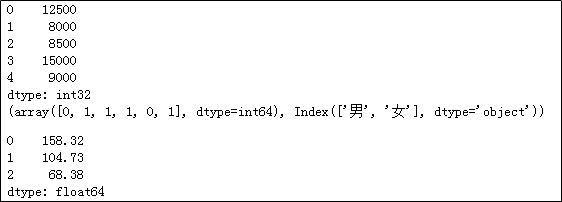
三、数据筛选数据分析中如需对变量中的数值做子集筛选时,可以巧妙的使用下表中的几个函数,其中部分函数既可以使用在序列身上,也基本可以使用在数据框对象中。

np.random.seed(1234) x = pd.Series(np.random.randint(10,20,10)) # 筛选出16以上的元素 print(x.loc[x 》 16]) print(x.compress(x 》 16)) # 筛选出13~16之间的元素 print(x[x.between(13,16)]) # 取出最大的三个元素 print(x.nlargest(3)) y = pd.Series([‘ID:1 name:张三 age:24 income:13500’, ‘ID:2 name:李四 age:27 income:25000’, ‘ID:3 name:王二 age:21 income:8000’]) # 取出年龄,并转换为整数 print(y.str.findall(‘age:(d+)’).str[0].astype(int))
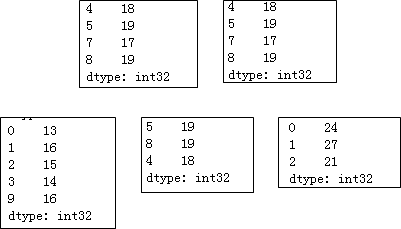
四、绘图与元素级函数

np.random.seed(123) import matplotlib.pyplot as plt x = pd.Series(np.random.normal(10,3,1000)) # 绘制x直方图 x.hist() # 显示图形 plt.show() # 绘制x的箱线图 x.plot(kind=‘box’) plt.show() installs = pd.Series([‘1280万’,‘6.7亿’,‘2488万’,‘1892万’,‘9877’,‘9877万’,‘1.2亿’]) # 将安装量统一更改为“万”的单位 def transform(x): if x.find(‘亿’) != -1: res = float(x[:-1])*10000 elif x.find(‘万’) != -1: res = float(x[:-1]) else: res = float(x)/10000 return res installs.apply(transform)
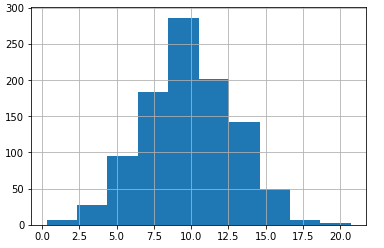
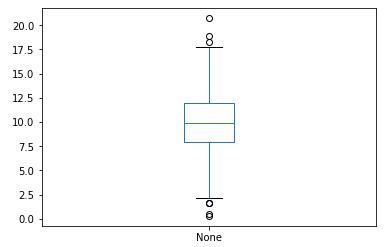
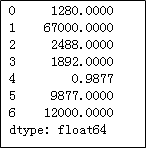
五、时间序列函数
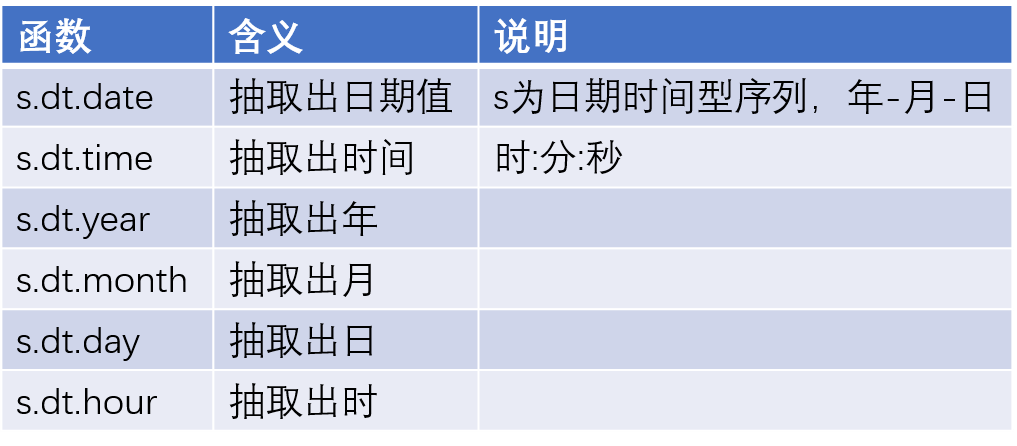
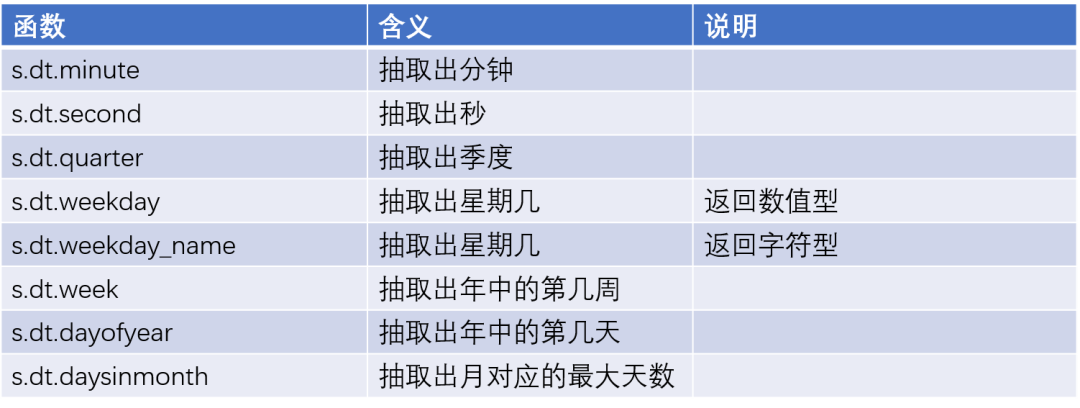
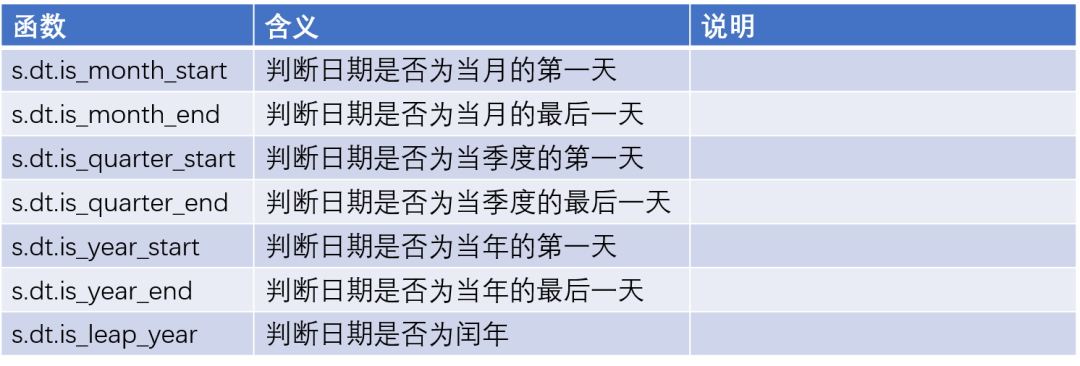
六、其他函数
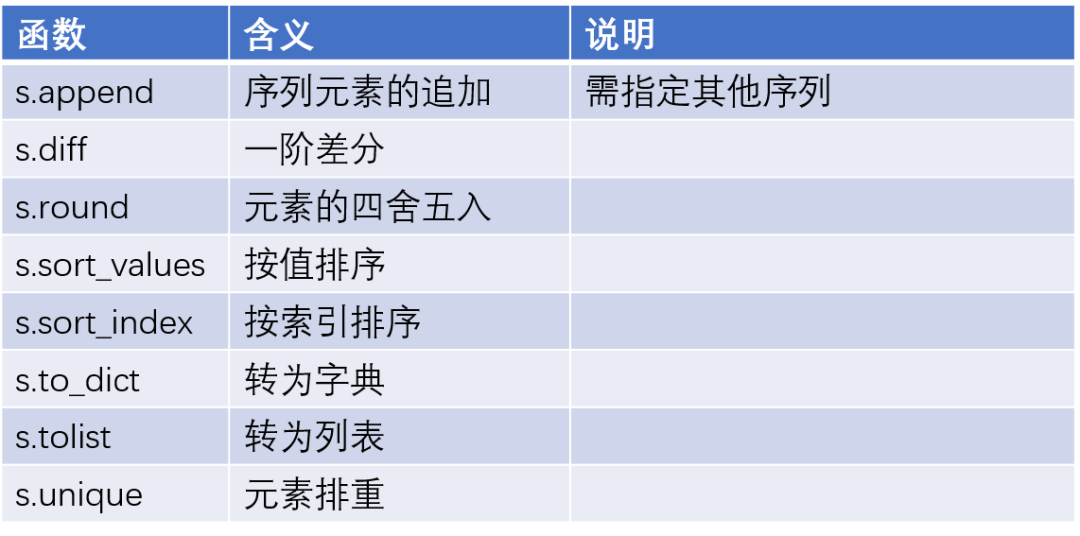
import numpy as np import pandas as pd np.random.seed(112) x = pd.Series(np.random.randint(8,18,6)) print(x) # 对x中的元素做一阶差分 print(x.diff()) # 对x中的元素做降序处理 print(x.sort_values(ascending = False)) y = pd.Series(np.random.randint(8,16,100)) # 将y中的元素做排重处理,并转换为列表对象 y.unique().tolist()
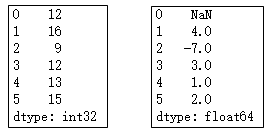

原文标题:100 个 pandas 数据分析函数总结
文章出处:【微信公众号:数据分析与开发】欢迎添加关注!文章转载请注明出处。
责任编辑:haq
- 相关推荐
- 热点推荐
- 函数
-
pandas数据分析的方法2019-06-03 2607
-
Pandas中的四种绘图函数2019-09-04 3574
-
MATLAB 常用函数参考2016-05-19 508
-
pandas的快速入门介绍2020-06-03 625
-
从Excel到Python-最常用的36个Pandas函数2020-12-10 1074
-
Python工具pandas筛选数据的15个常用技巧2021-03-30 3591
-
分享pandas中超级好用的str矢量化字符串函数2021-04-13 3187
-
解读12 种 Numpy 和 Pandas 高效函数技巧2021-06-29 1885
-
5个必须知道的Pandas数据合并技巧2022-04-13 2875
-
pandas 8个常用的option设置2022-08-05 1543
-
图解Pandas常用操作!2023-04-25 1499
-
超强图解Pandas,建议收藏2023-08-29 1368
-
盘点66个Pandas函数合集2023-10-30 2356
-
pandas中合并数据的5个函数2023-10-31 1515
-
Pandas函数的三个接口介绍2023-11-01 1085
全部0条评论

快来发表一下你的评论吧 !

